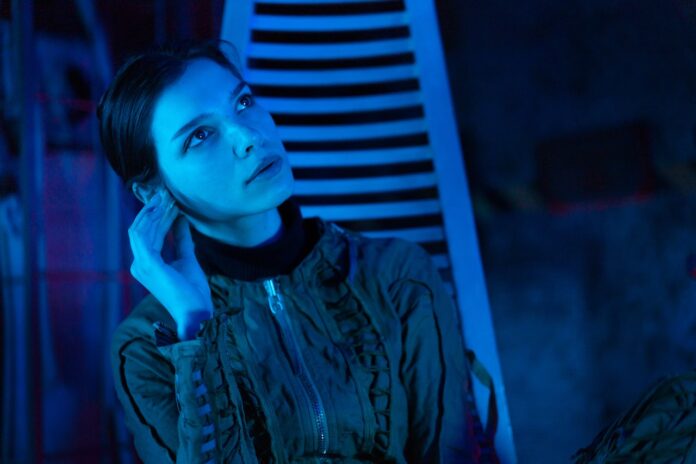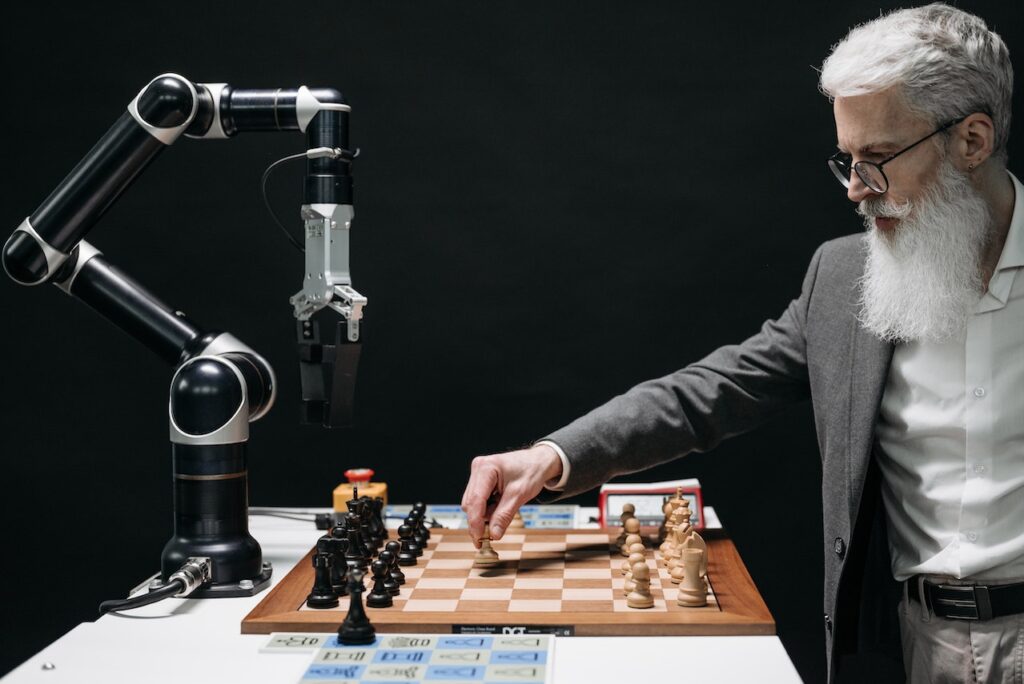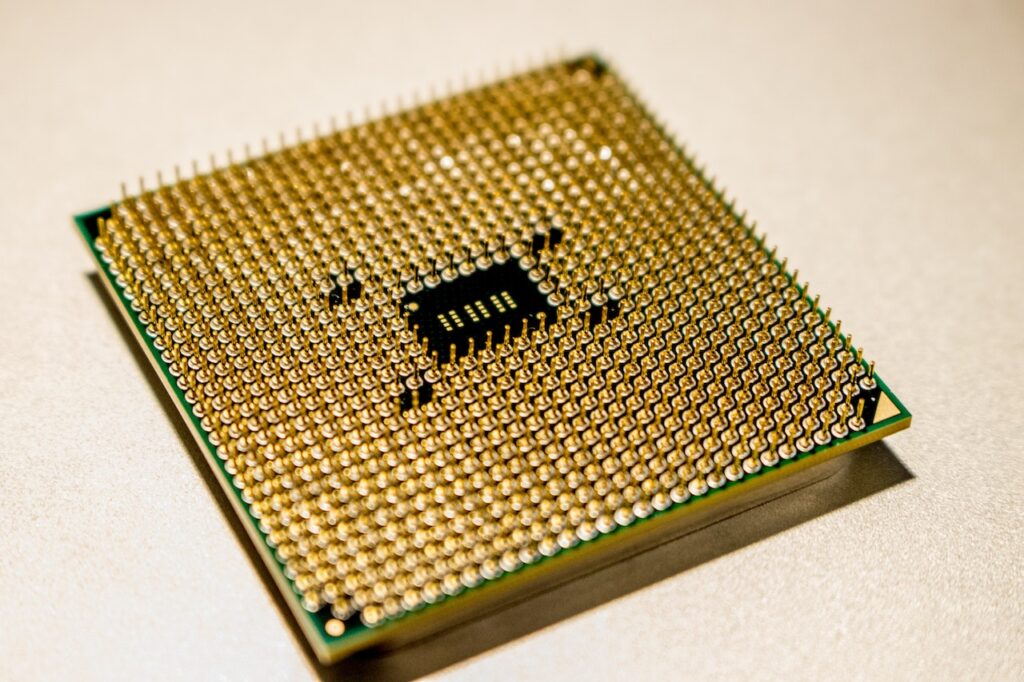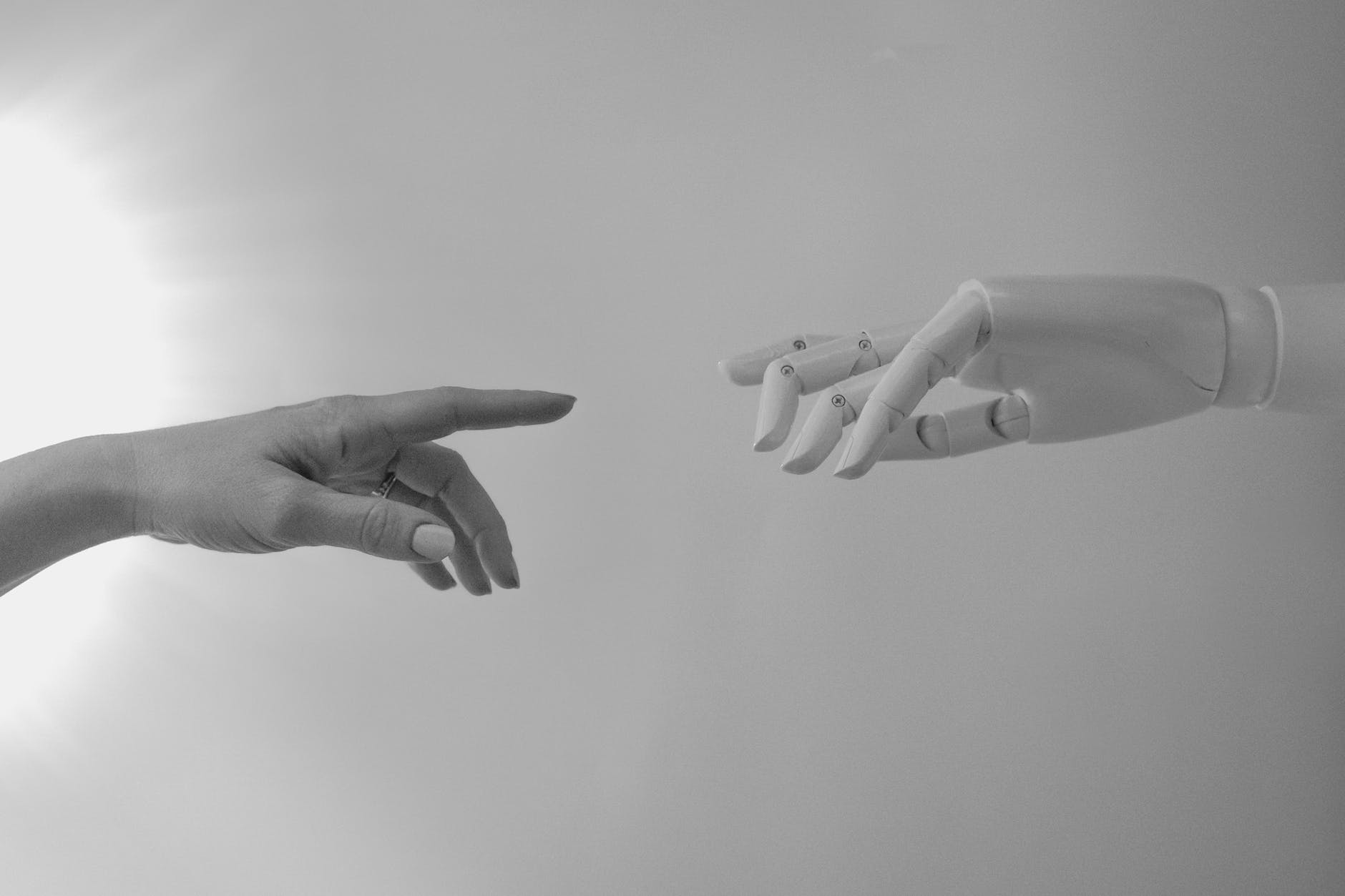
The evolution of humankind has been a masterpiece of a change, composed over countless millennia. From primordial beginnings to the peak of Homo sapiens, our journey has been one of continuous adaptation, driven by the winds of environmental shifts and the relentless pursuit of survival. As we stand on the possibly unimaginable changes driven by technology and AI development – one questions arises: How will humans look like in the future?
Having said that we need to have in mind that physiologically and evolutionary we haven’t had any changes in last 1000 years. Except for different enlarged and emphasized parts of human body.
Hint: think about different TikTok & Instagram trends focusing especially on some parts of (perhaps female) human body.
However, those changes were not driven by evolution, but by different worldwide trends.
Having said that, in this article we’ll explore all possible categories that will change our appearance, whether it will be driven by genetics, technology or perhaps pure fashion and trends.
So, let’s start…
Related:
Genetics

A millennium from now, the canvas of genetic engineering might stretch further and wider, granting us unprecedented control over the brushstrokes of our physical form.
I mean, CRISPR is already here and many scientists are experimenting with genetical engineering.
So, continuing with that development we could easily imagine a world where the palette of genetic alteration allows us to sculpt attributes with the precision of a master artist, tailoring our bodies with meticulous attention to individual preferences.
The artistry of genetic modifications could herald the emergence of enhanced attributes, heightening not only our physical resilience but also our intellectual capacities, metabolic efficiency, and even our immunity to certain diseases. While the virtuosity of such interventions is dazzling, numerous ethical concerns surround this genetic overture.
As we stand at the intersection of science and art, the door to a world of genetically tailored aesthetics remains ajar, inviting us to navigate the harmonious coexistence of innovation and ethics.
Having said that, with such advanced genetical technologies we can expect that humans will eradicate most if not all genetical problems. Additionally, if majority of humans will still strive to beauty as we see it now, then we could expect to have many handsome people lurking around.
But then again this begs the following question: If everyone is beautiful then what is the actual beauty?
The Convergence of Humanity and Technology

Stepping into the realm of cybernetics, we witness the extraordinary harmonious fusion of humanity’s biological melodies with the ethereal notes of technology. In a thousand years, the boundaries between the corporeal and the technological might become as blurred as the colors of a watercolor painting.
As we seamlessly integrate the rhythmic cadence of our biology with the pulsating tempo of machinery, individuals could embrace neural interfaces that bridge the perceived chasm between minds and machines. These neural connections might elevate the communication and understanding to unprecedented heights, allowing for a mesmerizing exchange of sensory perceptions, intricate thoughts, and even the profound emotions that echo through the chambers of our consciousness.
This breathtaking union could extend beyond the realm of cognition, weaving mechanical limbs and sensory augmentation into the very fabric of our existence.
Now, while all of this sounds great if we’re thinking in a romantic way, there are numerous potential problems ahead. Just imagine if some groups of people receive their „brain enhancements“ before everyone else. And then imagine that these brain enhancement implants really work to increase intelligence and information processing by 1000 times. Well then, average people would be left behind.
This could easily happen. We can be certain that ultra rich individuals will get their hands on this magic technology before everyone else. That is, of course, if this technology is proven safe.
So then just imagine several thousand people lurking around 1000x smarter and more powerful then everyone else. It would be like in movie Limitless. Or even worse! Or better – for them, of course.
This thought leads us to nanotechnology that will certainly be omnipresent in 1000 years.
Related: Top 10 Predictions For 2050
Nanotechnology and Humans

If we don’t destroy ourselves in 1000 years, we can expect that nanobots will be everywhere in our bodies. Imagine a future where these silent bots, course through our veins and repair, rejuvenate, and optimize the all parts of our cellular functions. In this symphony of minuscule conductors, the very fabric of our physical form could be tuned to resonate with the longevity, vitality, and health. Wrinkles and blemishes could become relics of history as nanobots would work their magic, leaving us with a more youthful and vibrant visage.
With nanobots repairing our dead cells we could almost achieve immortality. And if not immortality per se – then for sure lives that are extended long into 100’s or even 200’s.
I mean – Jeanne Calment is currently the oldest person ever and she managed to stay alive long after 100 years. She was born in 1875 and died in 1997. She was 122 years old.
So, having that in mind we could easily imagine that people will live for 200 years or more with help of advanced longevity techniques and nanobots.
Human Brain & Head Size

Predicting the exact changes in human brain and head size over the next 1000 years remains speculative, as it’s influenced by a multitude of factors ranging from genetics to technology. While it’s exciting to envision a future where our cognitive abilities might be augmented and expanded, ethical considerations and the preservation of diversity will probably guide these explorations. As humanity continues to advance, our understanding of the brain and its potential will undoubtedly lead to fascinating developments in the centuries to come.
Will this change our brain and head size?
Probably not, but surely it will change brain’s ability to process information. Additionally, from perspective of appearance, head of a human might change in a way that it will have different devices attached to it whether from inside or from outside.
This leads us to overall appearance and aesthetics.
Aesthetics

In the evolution of human appearance, the spectrum of beauty is likely to broaden. As global interactions increase, diverse genetic traits will intermingle, leading to a mosaic of aesthetic attributes. Culturally defined standards of beauty might shift as global perspectives meld, offering a tapestry of features that celebrate differences. The concept of attractiveness could be redefined, embracing a wider range of characteristics and reflecting the richness of human diversity.
With help of technology and genetic engineering, perhaps people will be able to change their appearance several times during their lifetime.
Additionally, parents will have the ability to choose how will their children look. In 1000 years, this process will probably look like it is now in different virtual beautification apps.
Fashion

It is rather hard to predict fashion as it changes constantly even in one year period. If we look at fashion from 1000 years ago, we can easily see how it was very much different than today’s fashion.
Even 100 years ago people looked quite differently. Men wore suits and ladies had different dresses that covered most of their bodies.
Yet today, we see the trend of showing as much skin as possible. Especially in so called sensitive areas.
Will people roam around semi-naked in 1000 years, wearing only their tech devices and barely covering “sensitive” parts?
We can’t know but fashion will change drastically for sure. And it will change both from perspective of appearance and from perspective of creation process and material uses.
Thus, we could expect the following:
- Sustainable and Biodegradable Materials: Given the increasing awareness of environmental issues, fashion might prioritize sustainable and biodegradable materials. Clothing could be made from advanced textiles that are both durable and environmentally friendly.
- Nanotechnology and Smart Fabrics: Nanotechnology could lead to the development of “smart” fabrics that can change color, texture, or even shape on demand. These fabrics might adapt to different weather conditions or be customizable to an individual’s preferences.
- Virtual and Augmented Reality Integration: In the future, fashion could extend beyond the physical realm. People might wear virtual or augmented reality garments that are visible only through specialized devices, allowing them to express themselves in entirely new ways.
- Minimalist and Functional Designs: As technology continues to advance, fashion might embrace minimalism and functionality. Clothing could incorporate integrated technology, such as wearable computing devices, without compromising on aesthetics.
- Biotechnology and Bioengineering: Advancements in biotechnology could lead to the creation of living textiles or clothing made from genetically modified organisms. This could result in clothing that grows, repairs itself, or interacts with the wearer’s body in novel ways.
- Space and Extraterrestrial Influences: If humanity ventures into space more extensively, fashion might draw inspiration from celestial bodies, space travel, and science fiction. Metallic hues, otherworldly textures, and futuristic designs could become more prevalent.
- 3D Printing and Customization: 3D printing technology could enable clothing to be printed on-demand and tailored to an individual’s body shape and preferences. This could lead to highly personalized and unique fashion items.
- Emphasis on Experience and Interaction: Fashion might not solely focus on the aesthetics of clothing but also on the experiences they provide. Interactive elements, such as clothing that responds to emotions or external stimuli, could become a part of the fashion landscape.
Conclusion: From Genetic Engineering and Brain Implants to Living Fashion and People 2.0

So as mentioned numerous times in this article, predicting with certainty what humans will look like in 1000 years is highly speculative and uncertain.
Evolutionary changes in appearance take place over long periods of time and are influenced by a multitude of factors such as genetics, environmental conditions, technological advancements, and cultural shifts. However, as we mentioned, we can expect significant changes in following areas:
- Genetic Modifications: With advancements in genetic engineering and biotechnology, humans might have the ability to selectively modify their genetic makeup to enhance certain traits or mitigate genetic disorders. This could lead to changes in physical appearance, such as improved health, increased height, altered eye color, or even resistance to certain diseases.
- Adaptations to Space Colonization: If humans continue to explore and colonize space, natural selection might favor traits that are better suited to living in different environments, such as lower gravity on other planets. This could potentially result in changes in bone density, muscle mass, and overall physique.
- Integration with Technology: As technology becomes more integrated with human biology, individuals might have cybernetic enhancements, such as implanted devices, which could alter the appearance of the human body. This could include visible modifications like bioluminescent skin or augmented sensory organs.
- Climate and Environment: Changes in the global climate and environment could influence human appearance. For example, if humans continue to adapt to different climatic conditions, certain skin tones or adaptations for heat or cold resistance might become more common.
- Cultural Influences: Cultural preferences and beauty standards could play a role in shaping human appearance. These preferences could drive trends in appearance, including hairstyle, clothing, body modifications, and more.
- Intermixing of Ethnicities: Increased globalization and intermixing of different ethnic groups might result in a blending of physical traits and features over time.
- Artificial Evolution: As technology advances, humans might have the ability to guide their own evolution through artificial selection, which could lead to intentional changes in appearance.
So there you have it. Those are our thoughts about life in 1000 years. Perhaps some of our predictions will come true. Perhaps all will. Or perhaps society will self-destruct in next 100 years.
We’ll see. We’ll actually, we will not. But someone else will. Some future generation.




















